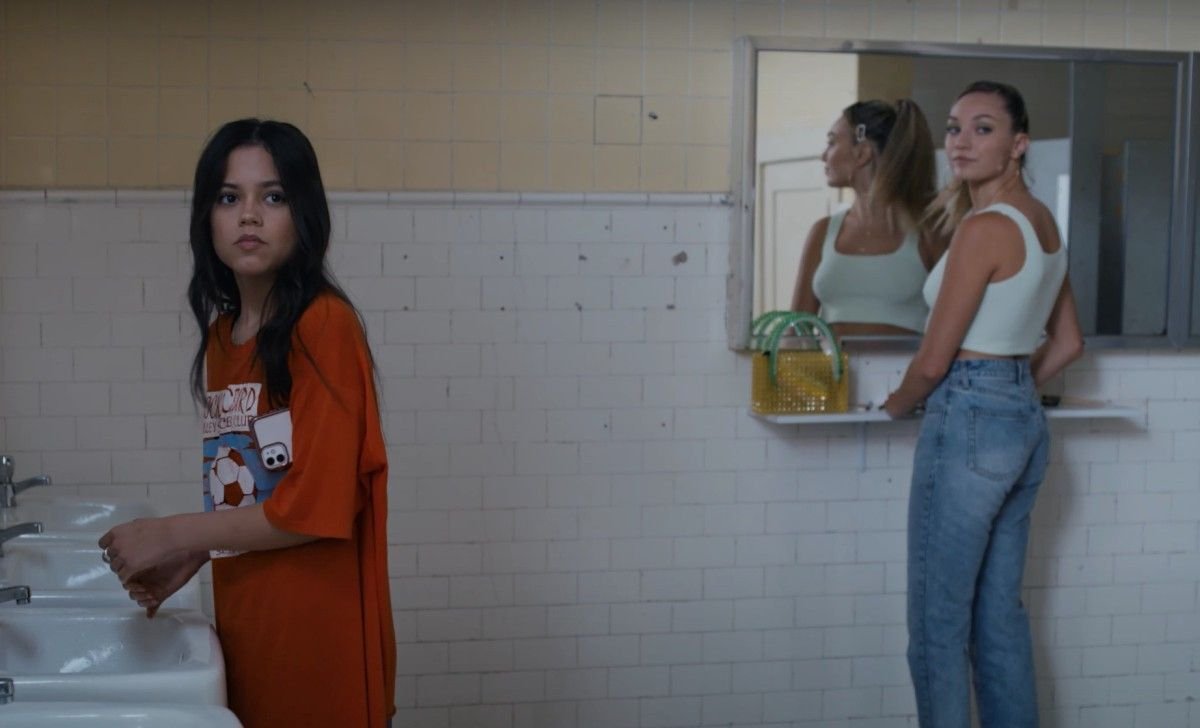Coming of Age: An On-Screen Guide to Growing Up
Written by Katerina Plescia
(From left) Tracy Letts, Saoirse Ronan, and Laurie Metcalf in Ladybird (2017) Photo Credit: IAC Films and Scott Rudin Productions
The mere thought of aging has the ability to send any individual into a downward spiral of overthinking and anxiety. As the years tick by, a person’s experiences will morph and shape their personality and their viewpoint on the surrounding world. Young adolescents and teens seek comfort in the early years of becoming an adult, figuring out where they may fit into society and how society may take to them. The classic coming of age film has provided a security blanket to a handful of generations, allowing impressionable viewers to connect with the fictional characters and lose themselves in a story paralleling aspects of their own life.
When I was in middle school, the majority of my Friday nights were spent at home sitting in the living room with my dad and our two dogs. At the end of every grueling school week, I had Friday nights to look forward to, a living room picnic dinner and a “new” 80’s movie. My dad, being a film enthusiast, introduced me to the paradigmatic films of the decade, from Footloose, Pretty in Pink, Ferris Bueller’s Day Off, to Back to the Future, Weird Science, and The Breakfast Club. Being on the cusp of teenhood, I soaked up every ounce of these films, setting my expectations for aging around a life written by John Hughes.
Now let’s take a time jump into a new decade, one engulfed in fast-paced technology, national terrorism, and a global pandemic. As the world that teens live in is vastly changed from that of their parents, their experiences in it differ wildly as well. Rather than shy away from these modern situations, coming of age films continue to evolve and provide comfort to a new generation.
This cinematic shift began to take place towards the late 2010’s, with the release of multiple indie films. The most popular, Greta Gerwig’s honest portrayal of a young girl’s trials and tribulations of becoming her own person, was Ladybird (2017). Saoirse Ronan delivers an authentic performance as Christine “Ladybird” MacPherson, concentrating on the hardships teens experience in their senior year of high school. While Ladybird falls in love a few times, Gerwig chooses to focus on the young woman’s heartache, high expectations for life, and tense relationship with her parents.
Streaming services quickly jumped on the coming of age bandwagon, producing countless teen rom-coms, dramas, and comedies, all attempting to strike a chord the way Gerwig had done. In the midst of endless titles, a small handful proved to resonate with their adolescent viewers. The most popular films determined that audiences preferred candid coming of age stories, seamlessly disregarding those with the overused plot line of boy meets girl.
Jenna Ortega (left) and Maddie Ziegler (right) in The Fallout (2021) Photo Credit: New Line Cinema
Following its premiere at South by Southwest and early 2022 release date on HBO Max, The Fallout (2021) sent chills up the audience’s spine and took critics’ breath away. Writer and director, Megan Park, sought out a similar outcome as Gerwig, by relaying a truthful narrative that today’s generation can relate to. Park introduces viewers to Vada (Jenna Ortega), a high schooler swimming in a sea littered with cliques, popularity, and social media. Vada’s world crashes around her as she finds herself huddled in a bathroom stall with popular girl, Mia (Maddie Ziegler), during a school shooting. In the year of the film’s release, there were 34 school shootings across the United States as tracked by Education Week. Ortega delivers an outstanding and genuine portrayal of post-traumatic stress while continuing to deal with the struggles of teenhood in the 21st century. National terrorism and school shootings have plagued the country heavily for the past decade, Parker’s film discloses students’ raw reactions and coping mechanisms in these brutal times.
(From left) Teala Dunn, Rowan Blanchard, and Tyler Alvarez in Crush (2022) Photo Credit: Animal Pictures




